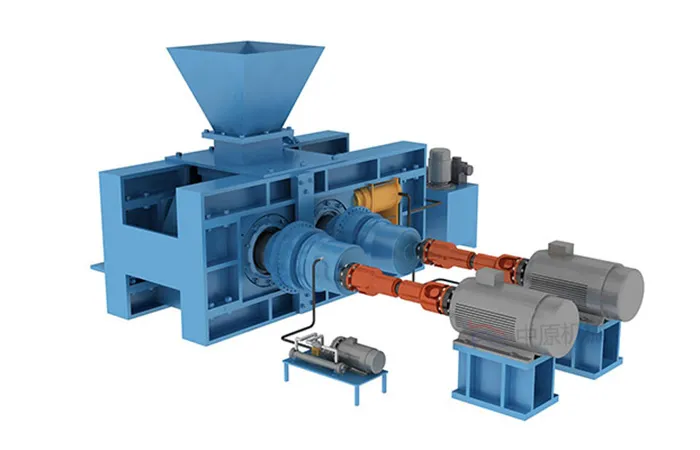Как HPGR необходимы для работы с чрезвычайно высоким давлением и абразивными материалами, износ является основной статьей эксплуатационных расходов и фактором их эффективности и доступности.. Эффективная защита от износа имеет важное значение. Давайте проанализируем решения по защите от износа мелющих валков высокого давления. (HPGR).
Решения HPGR износ

1. Материалы поверхности рулона & когда точность вращения подшипника не соответствует требованиям:
Базовый материал: Корпус сердечника обычно изготавливается из высокопрочной кованой стали или иногда из специальных чугунных сплавов, способных выдерживать огромное рабочее давление..
Дизайн поверхности износа: Наиболее распространенные подходы к фактической поверхности износа::
Твердые рулоны (Менее распространено для крупных подразделений): Весь корпус валка может быть изготовлен из износостойкого сплава., но это менее характерно для больших, современные HPGR из-за проблем со стоимостью и производством.
Сегментированные рулоны: Поверхность валка состоит из множества литых или кованых сегментов, прикрепленных болтами или шпонками к корпусу валка.. Это позволяет упростить замену изношенных секций..
Шины/Втулки: Сменный внешний изнашиваемый слой (в “шина” или “рукав”) крепится термоусадкой или механически к валу/корпусу стержневого вала. Это очень распространенная и практичная конструкция., позволяет упростить замену изнашиваемой поверхности без замены всего тела валка.

2. Технологии защиты поверхностей (Применяется к шинам/втулкам или сегментам):
Именно здесь лежат наиболее эффективные стратегии защиты от износа.:
Сварные наплавочные накладки:
Процесс: Нанесение слоев чрезвычайно жесткого, износостойкий наплавленный материал на поверхность валка. Общие методы включают сварку под флюсом. (ПИЛА) или сварка открытой дугой (Сварка дуговой сварки – Fcaw).
материалы: Обычно карбид с высоким содержанием хрома (КрК) сплавы, сложные карбиды, или иногда карбид вольфрама (Туалет) композиты внутри матрицы.
…
Для получения более подробной информации о решениях по защите от износа HPGR, пожалуйста, посетите: https://www.zymining.com/en/a/news/hpgr-wear-protection-solutions.html


